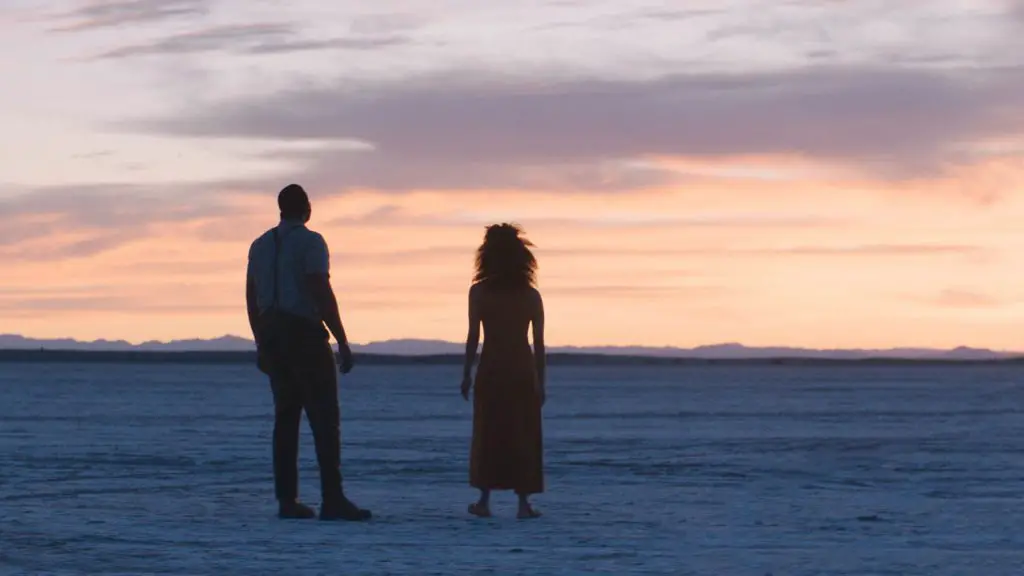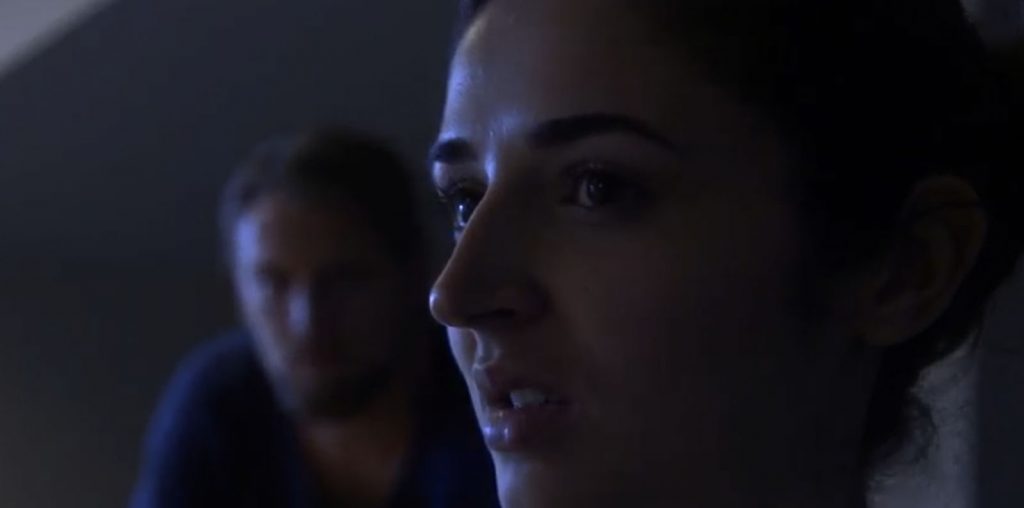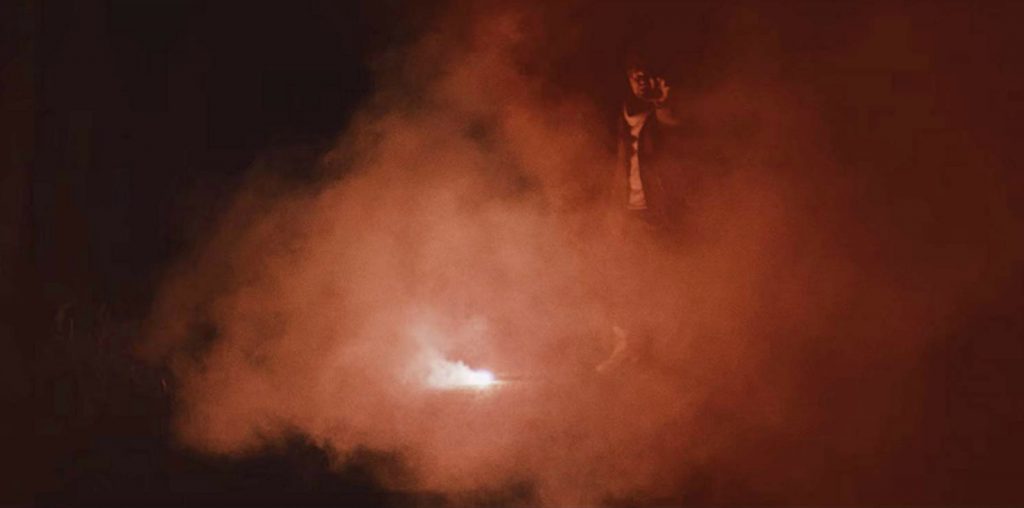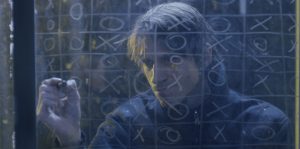
The cinematography is the most powerful aspect of Papagajka. Reminiscent of In The Mood For Love, Malte Rosenfeld’s strong use of symmetry and long lenses creates a powerful feeling of alienation. Therefore, the cinematography was able to make up the deficit of worldbuilding and character set up created by the inconsistent dialogue and character actions. It was clear from the first few shots that Damir is a tiny figure in an imposing, empty world, and the washed-out gray-green aesthetic that permeated the visual environment matched Damir’s slow and empty life.
The editing, credited to Kostas Makrinos, works well in tandem with the cinematography in giving the movie its compelling atmosphere. Many shots are held for a long time, emphasizing the ennui in Damir and the tension between him and Tasya.
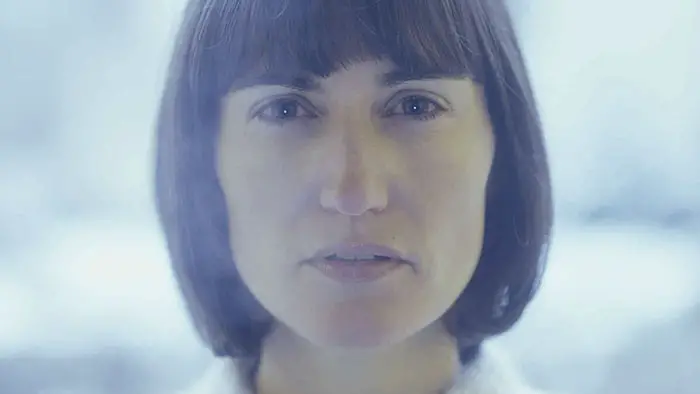
“…the cinematography was able to make up the deficit of worldbuilding…”
The context of this movie’s production is also important. It was produced as Rozanski’s penultimate project as a student of film.factory, legendary filmmaker Béla Tarr’s filmmaking program within the Sarajevo School of Science and Technology. Viewing it as an indie student feature that was at least partially crowdfunded, and as Rozanski’s first feature, the production value is very high, which is to be commended.
Papagajka starts with the mystery of an intriguing and beautiful world but, unfortunately, doesn’t go beyond a surface level exploration of its characters. In doing so, the movie devolves into visual eccentricities that only serve its aesthetic. It is a powerful aesthetic, but without an emotionally resonant narrative core, the film is an aimlessly adrift soulless husk, just like Damir.
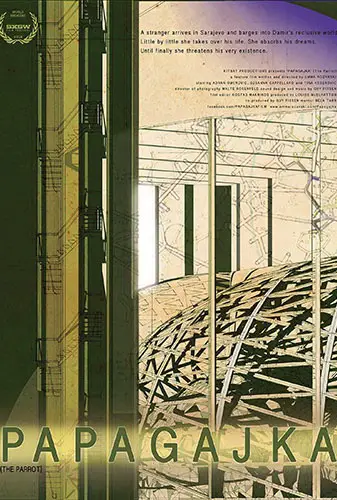
"…a powerful aesthetic, but without an emotionally resonant narrative core..."
